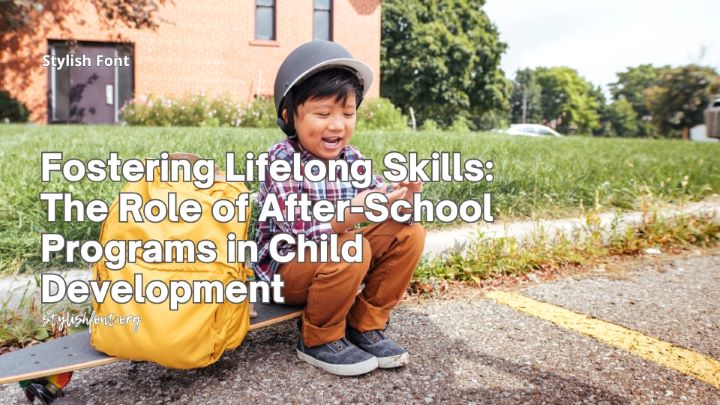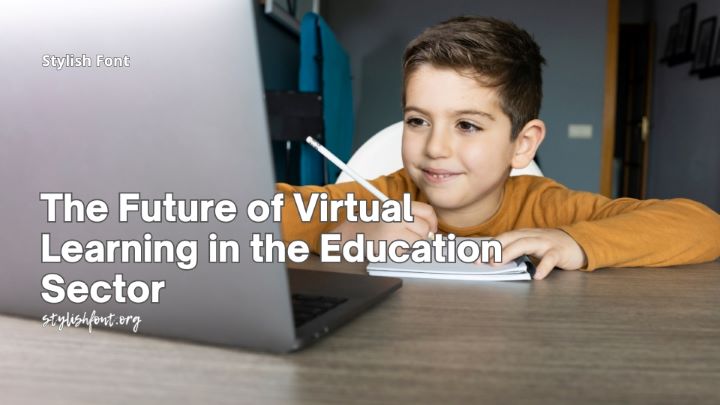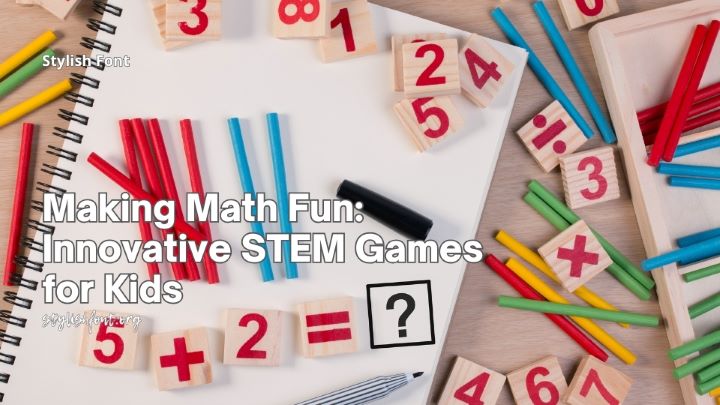In recent years, the advent of generative artificial intelligence (AI) has sparked a transformative wave across various sectors, with education being one of the most promising fields for its application. Generative AI refers to algorithms that can create new content, whether it be text, images, or even music, based on the data they have been trained on. This technology has the potential to revolutionize traditional educational paradigms by providing innovative tools that enhance learning experiences.
As educators and institutions begin to explore the capabilities of generative AI, they are discovering new ways to engage students, personalize learning, and streamline administrative tasks. The integration of generative AI into education is not merely a trend; it represents a fundamental shift in how knowledge is imparted and absorbed. With the ability to analyze vast amounts of data and generate tailored content, generative AI can cater to diverse learning styles and needs.
This technology promises to bridge gaps in understanding and accessibility, making education more inclusive. As schools and universities grapple with the challenges of modern education, generative AI emerges as a beacon of hope, offering solutions that could enhance both teaching and learning processes.
Key Takeaways
- Generative AI has the potential to revolutionize education by creating personalized learning experiences for students.
- Implementing generative AI in the classroom can improve student engagement and provide real-time feedback to teachers.
- Ethical considerations and challenges of generative AI in education include data privacy, bias, and the potential for replacing human educators.
- Personalized learning with generative AI can cater to individual student needs and learning styles, leading to better academic outcomes.
- Teachers will play a crucial role in a generative AI-powered classroom by guiding and interpreting the AI-generated content for students.
The Potential Impact of Generative AI on Learning
The potential impact of generative AI on learning is profound and multifaceted. One of the most significant advantages is its ability to provide instant feedback to students. Traditional educational methods often involve delayed responses from teachers, which can hinder a student’s ability to grasp complex concepts.
Generative AI can analyze a student’s work in real-time, offering suggestions for improvement and clarifying misunderstandings immediately. This immediate feedback loop not only enhances comprehension but also fosters a growth mindset among learners, encouraging them to take risks and learn from their mistakes. Moreover, generative AI can facilitate the creation of customized learning materials that cater to individual student needs.
For instance, it can generate practice problems tailored to a student’s current level of understanding or create reading materials that align with their interests. This level of personalization can significantly enhance student engagement and motivation, as learners are more likely to invest time and effort into materials that resonate with them. By harnessing the power of generative AI, educators can create a more dynamic and responsive learning environment that adapts to the evolving needs of their students.
Implementing Generative AI in the Classroom

Implementing generative AI in the classroom requires careful planning and consideration. Educators must first assess their specific needs and objectives before integrating this technology into their teaching practices. Professional development is crucial; teachers need training on how to effectively use generative AI tools and understand their capabilities and limitations.
Schools may also need to invest in infrastructure, such as reliable internet access and devices that can support these advanced technologies. Once the groundwork is laid, educators can begin to experiment with various generative AI applications. For example, they might use AI-driven platforms that assist in creating lesson plans or generating quizzes tailored to their curriculum.
Additionally, teachers can leverage AI tools for administrative tasks, such as grading assignments or tracking student progress, allowing them to focus more on direct instruction and student interaction. By thoughtfully integrating generative AI into their classrooms, educators can enhance their teaching effectiveness while providing students with enriched learning experiences.
Ethical Considerations and Challenges of Generative AI in Education
| Challenges | Impact |
|---|---|
| Data Bias | May perpetuate existing biases and inequalities in education |
| Privacy Concerns | Risk of unauthorized access to sensitive student data |
| Transparency | Difficulty in understanding how AI algorithms make decisions |
| Accountability | Challenges in assigning responsibility for AI-generated content |
While the benefits of generative AI in education are compelling, ethical considerations and challenges must be addressed. One major concern revolves around data privacy. The use of generative AI often requires access to sensitive student information, raising questions about how this data is collected, stored, and utilized.
Educators and institutions must ensure that they comply with regulations such as FERPA (Family Educational Rights and Privacy Act) to protect student privacy while still leveraging the advantages of AI technology. Another challenge lies in the potential for bias within generative AI systems. If the data used to train these algorithms is not representative or contains inherent biases, the outputs generated may perpetuate stereotypes or provide skewed information.
This could lead to unequal learning opportunities for students from diverse backgrounds. To mitigate these risks, educators must remain vigilant about the sources of data used in generative AI applications and actively seek out tools that prioritize fairness and inclusivity.
Personalized Learning and Generative AI
Personalized learning is one of the most exciting prospects offered by generative AI in education. By analyzing individual student performance data, generative AI can create customized learning pathways that cater to each learner’s unique strengths and weaknesses. This approach allows students to progress at their own pace, ensuring that they fully grasp concepts before moving on to more advanced material.
Such tailored experiences can lead to improved academic outcomes and greater student satisfaction. Furthermore, generative AI can facilitate differentiated instruction by providing teachers with insights into each student’s learning style. For instance, if a student struggles with visual content but excels in auditory learning, generative AI can suggest alternative resources or methods that align with their preferred style.
This level of personalization not only enhances engagement but also empowers students to take ownership of their learning journey. As a result, generative AI has the potential to create a more equitable educational landscape where every student has the opportunity to succeed.
The Role of Teachers in a Generative AI-powered Classroom

Despite the advancements brought about by generative AI, the role of teachers remains indispensable in the educational landscape. Rather than being replaced by technology, educators are positioned as facilitators who guide students through their learning experiences. In a generative AI-powered classroom, teachers can focus on fostering critical thinking skills, creativity, and collaboration among students—qualities that machines cannot replicate.
Teachers also play a crucial role in interpreting the insights generated by AI tools. While generative AI can provide valuable data on student performance, it is up to educators to contextualize this information within their unique classroom environments. By combining their expertise with AI-generated insights, teachers can make informed decisions about instructional strategies and interventions that best support their students’ needs.
In this way, the partnership between educators and generative AI can lead to enhanced teaching practices and improved student outcomes.
Future Trends and Developments in Generative AI for Education
As technology continues to evolve, so too will the applications of generative AI in education. Future trends may include even more sophisticated algorithms capable of understanding nuanced student behaviors and preferences. For instance, advancements in natural language processing could enable AI systems to engage in meaningful conversations with students, providing personalized tutoring experiences that mimic human interaction.
Additionally, as generative AI becomes more integrated into educational systems worldwide, there may be a push for collaborative platforms where educators can share resources and best practices related to AI implementation. This could foster a global community of educators who are committed to leveraging technology for enhanced learning experiences. Furthermore, ongoing research into ethical considerations will likely shape the development of generative AI tools, ensuring that they are designed with equity and inclusivity at their core.
The Promise and Perils of Generative AI in Education
In conclusion, generative AI holds immense promise for transforming education by enhancing personalized learning experiences and streamlining administrative tasks. However, this potential comes with significant ethical considerations and challenges that must be navigated carefully. As educators embrace this technology, they must remain vigilant about issues such as data privacy and bias while ensuring that they maintain their essential role as facilitators of learning.
The future of education may very well be shaped by the collaboration between human educators and generative AI technologies. By harnessing the strengths of both, it is possible to create an educational landscape that is more inclusive, engaging, and effective for all learners. As schools continue to explore the possibilities offered by generative AI, they must do so with a commitment to ethical practices and a focus on fostering an environment where every student has the opportunity to thrive.
The journey ahead is filled with both promise and peril; navigating it wisely will determine the impact of generative AI on future generations of learners.
Generative AI in education has the potential to revolutionize the way students learn and interact with educational content. One related article that explores the future of virtual learning in the education sector can be found here. This article delves into how technology is shaping the way students access information and engage with educational materials, highlighting the importance of incorporating innovative tools like Generative AI into the learning process. By leveraging these advancements, educators can create more personalized and effective learning experiences for students, ultimately leading to improved academic outcomes.
FAQs
What is Generative AI?
Generative AI refers to a type of artificial intelligence that is capable of creating new content, such as images, text, or music, based on patterns and examples it has been trained on.
How is Generative AI used in education?
Generative AI can be used in education to create personalized learning materials, generate interactive simulations, and provide feedback on student work. It can also be used to develop virtual tutors and assistive technologies for students with special needs.
What are the benefits of using Generative AI in education?
Some benefits of using Generative AI in education include the ability to create personalized learning experiences, provide immediate feedback to students, and develop innovative teaching tools. It can also help to address individual learning needs and enhance student engagement.
Are there any concerns or challenges associated with using Generative AI in education?
Some concerns related to using Generative AI in education include the potential for bias in the generated content, the need to ensure data privacy and security, and the challenge of integrating AI technologies into existing educational systems. Additionally, there may be ethical considerations related to the use of AI in education.





